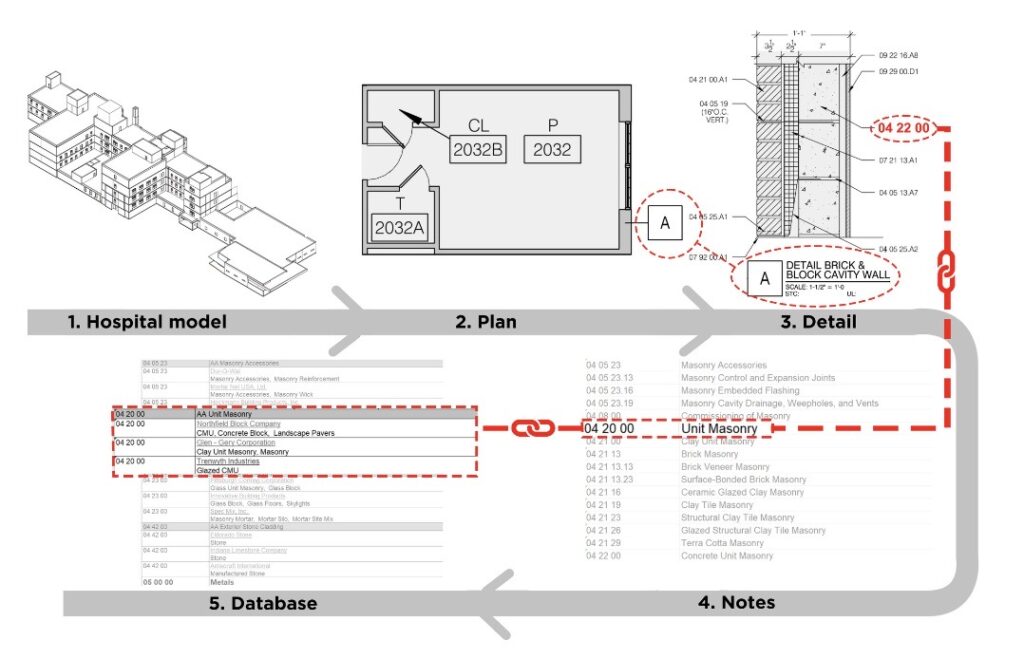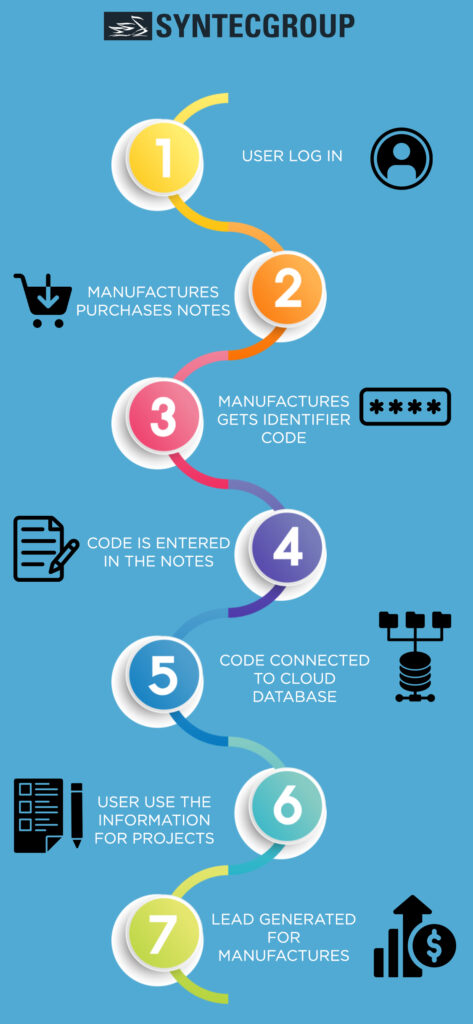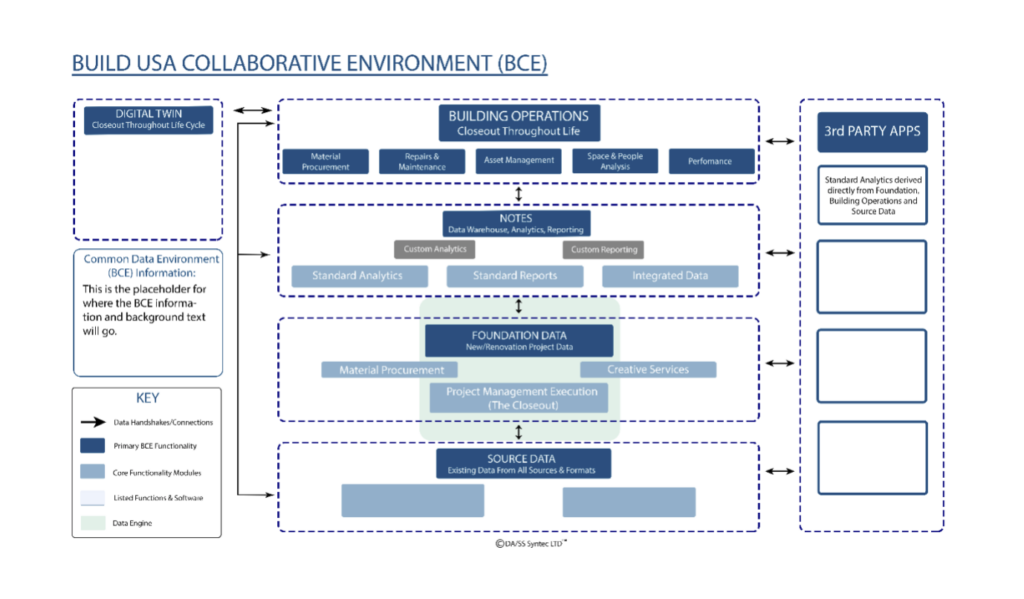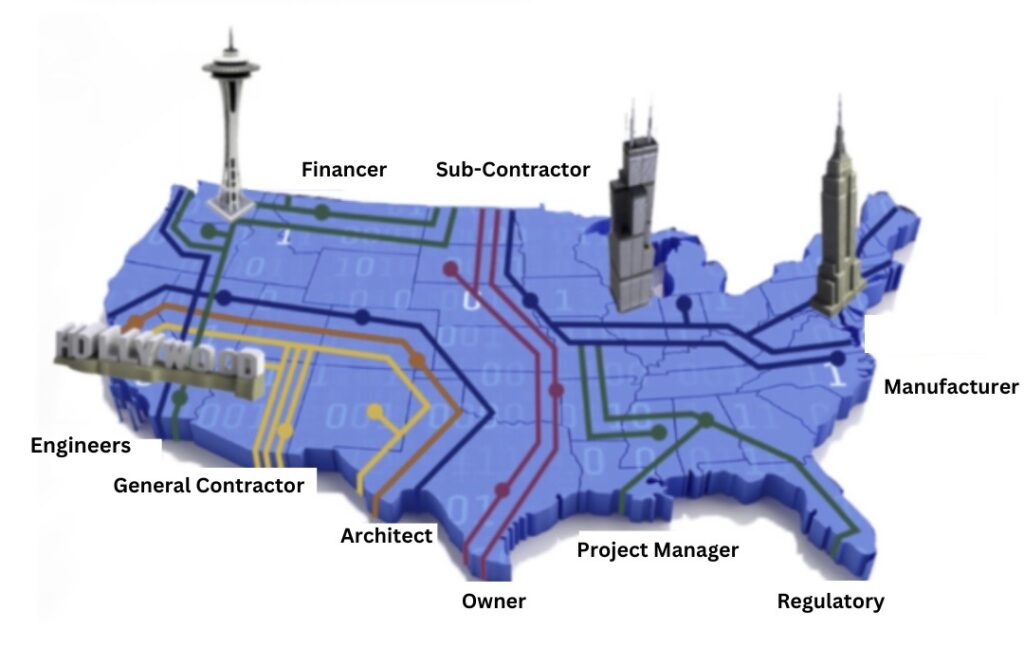This Blog Post explores the potential of Big Data Warehouses, data analytics, and the future of building
Building professionals are hard at work trying to determine the best data structures and workflows to be utilized when creating and organizing building project data. The data needs to be optimized not only for the planning and construction of the initial building project, but also seamlessly mesh with software applications used for ongoing operations and maintenance of the building throughout its lifecycle.
This goal is challenging because it front-loads a significant amount of effort., However, the ultimate rewards are spread out over years and decades. Plus, if reimbursement structures remain the same, the financial and operational benefits will accrue to many downstream vendors who do not currently share the upfront costs. Therefore, this impacts not only data structure and workflows, but also legal contractual relationships, (to be addressed in a future blog post). This post will focus on the data structure and workflow standards which BuildUSA has named “Notes.”
Notes is being developed as a database solution. It will be an important tool for connecting information content with vendors who comprise the building industry and service the entire building lifecycle. Notes is a crucial component in a fully optimized building process.
But first, let’s backtrack a little bit, and discuss the concepts of parametric and non-parametric data.
In the context of Revit or BIM software applications, parametric data is data that is integral to defining the X, Y, and Z components for the location and size of all BIM elements. This data must, by definition, reside within and be controlled by the BIM software application.
All other data, that is non-parametric, describes attributes required for other analysis, review, or operations during the project lifecycle must reside somewhere too however, this data is not necessarily required to reside within the BIM software. The effective implementation and operation of BIM software requires an understanding of multiple aspects of the building process, strong tech skills, strong collaboration skills, and an expensive hardware/software environment.
If we store and organize as much data as possible in a data entry environment that can be seamlessly synched with BIM (or other software applications), we’ll greatly reduce costs and provide data access to a much larger community of users. This is the underlying principle that has driven the development of Notes.
Notes was originally conceived in the late 1990s. At the time, I was trying to develop a proper data structure within the BIM Model and figure out a way to connect that data with the current marketplace of manufacturers, distributors, and services that maintain building operations. The series of images below show how data from a 3rd party database (Notes), combined with parametric data from the BIM Model, could be coded to link the customer and vendor markets.


Back then, gaining control of the different data environments was a Herculean task that was not financially viable. In the intervening years, technological improvements have made my original vision a practical reality — although still a significant challenge to successfully implement.
Current work has focused on solving:
1. How the data should be formatted
2. Where the data should reside
3. Defining the workflow that will accommodate data updates from multiple industry players
4. User interfaces for data entry and subsequent user- and industry-specific reporting and analytics
Current work has confirmed the initial alpha tests of the 1990s by creating links between a powerful 3rd party database and the BIM software parametric data, which assigns a unique identifier to each element. The data can be transferred with confidence between the two environments. Current testing is investigating the types of user interfaces that need to be available for different team members to allow clean content to be aggregated and help provide the data backbone to support powerful reporting and analytics. The development of this middleware data warehouse environment is a critical step in realizing the full potential of Optimized Building – and to bring significant efficiencies to all buildings.
The initial focus for Notes will be twofold:
1. Seamlessly connect data being developed within multiple areas of the BCE. These data points will be used for many purposes within any given project. Notes will provide quick and accurate reporting and analysis on countless areas of building design, construction, and operation.
2. The content will also be used for many purposes across multiple projects. Notes will provide quick and accurate reporting and analysis across regions, building types, design, and execution for review and assessment.
Notes is a functionality that is being developed as part of BuildUSA’s growing Build Collaborative Environment (BCE). However, Notes is not expected to become operational in a proprietary manner until years 2 and 3 of BuildUSA’s rollout.

Significant content and analytics will follow in years 3, 4, and 5. Although the we are still years away from realizing the full capabilities of Notes, there are huge potential benefits for all players that are part of Building’s “Circle of Interest.”

Future project data will flow seamlessly into building operations, POs for new materials, and current markets for vendors that provide said products and services. We will have the opportunity to connect buildings, building operators, and the overall building market that supports them with a big data repository for all non-parametric building data. This will allow quick and accurate analytic assessments of Performance, Business Markets, Quality, and Value.
Data structure, workflow, and the development of centralized data warehouses will also be important topics for future Build Blog posts
Subscribe to Steve’s Build Blog and stay up to date on optimized building and the innovative solutions required by the future building industry.
